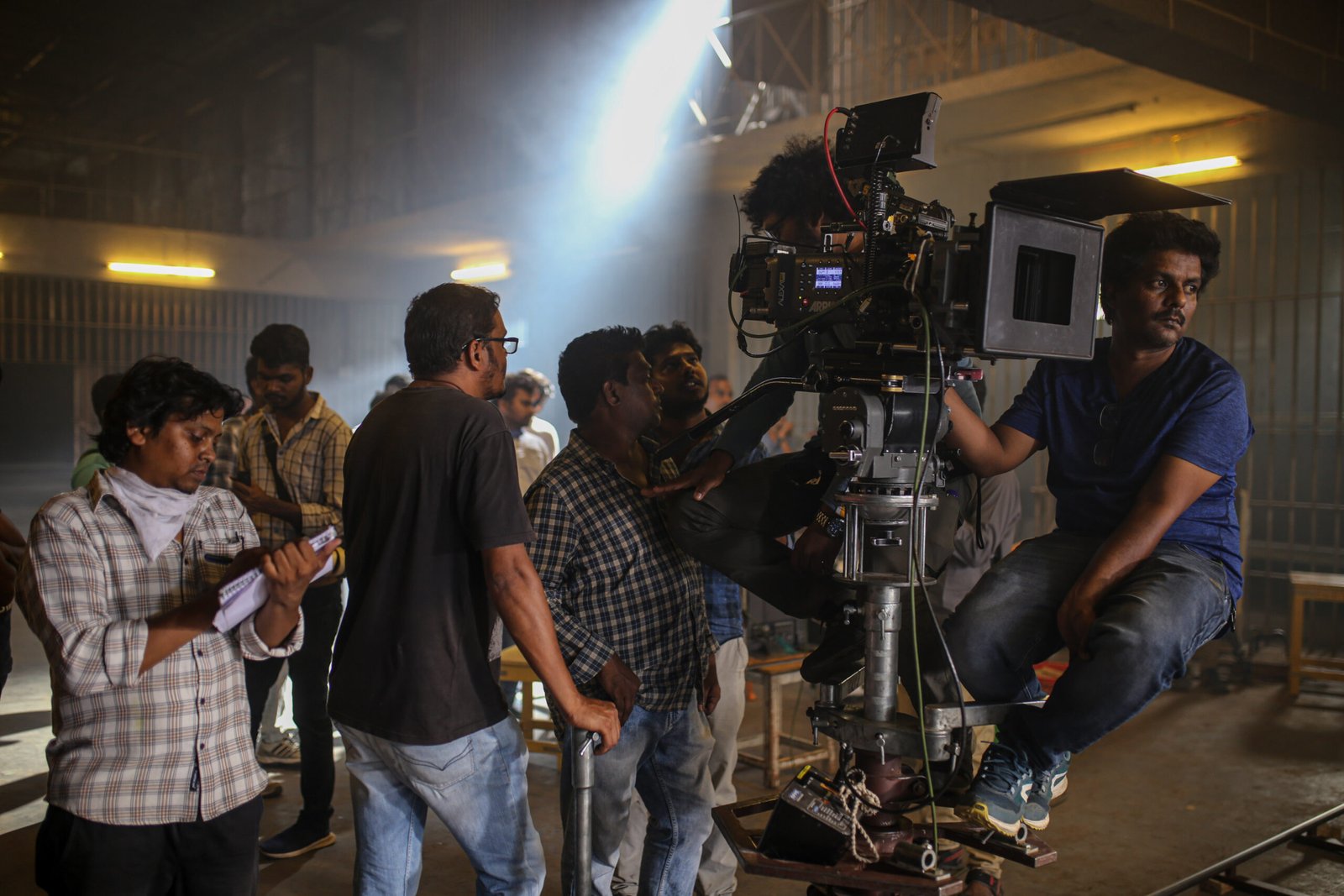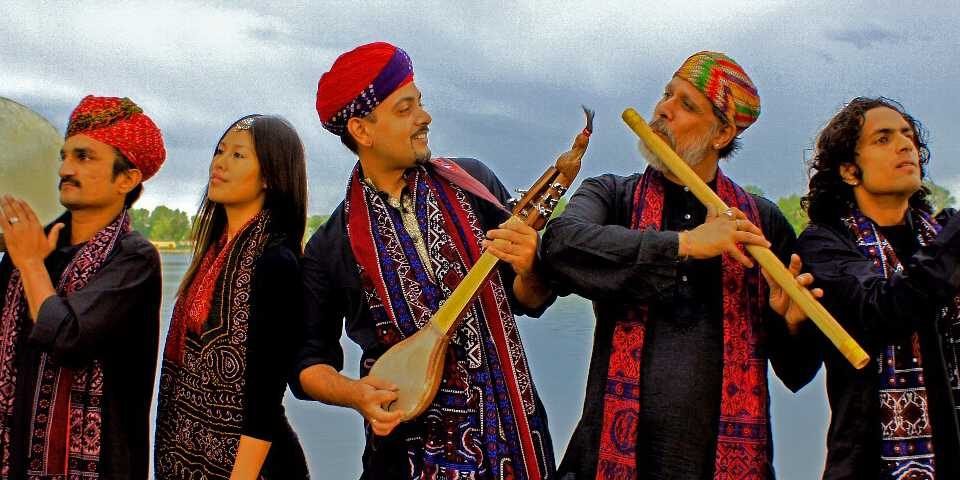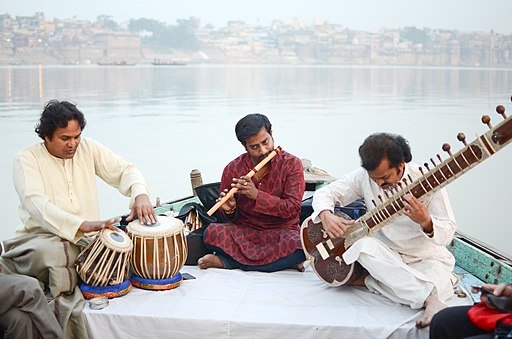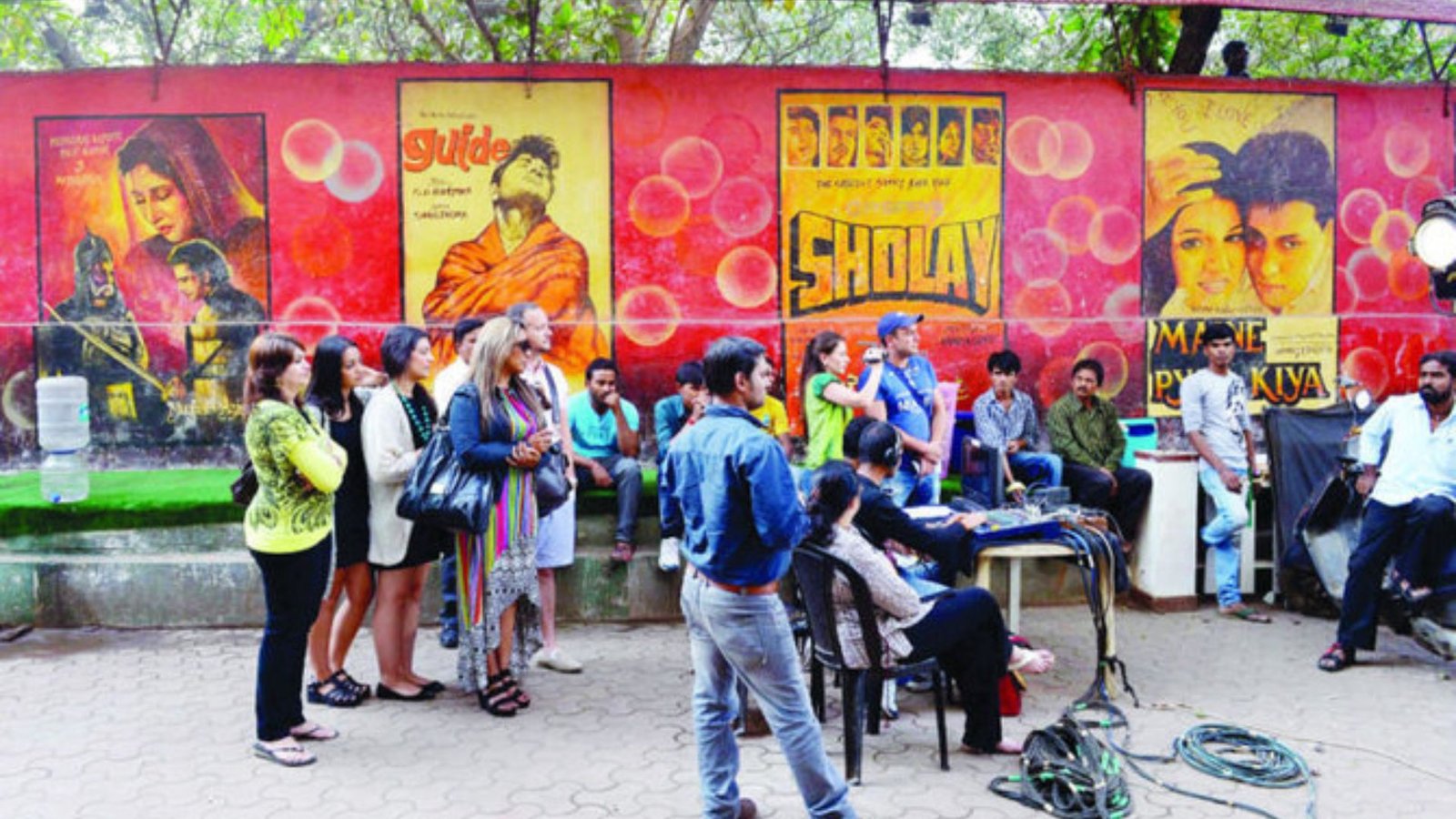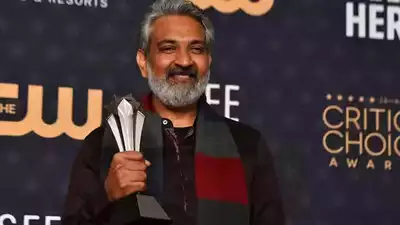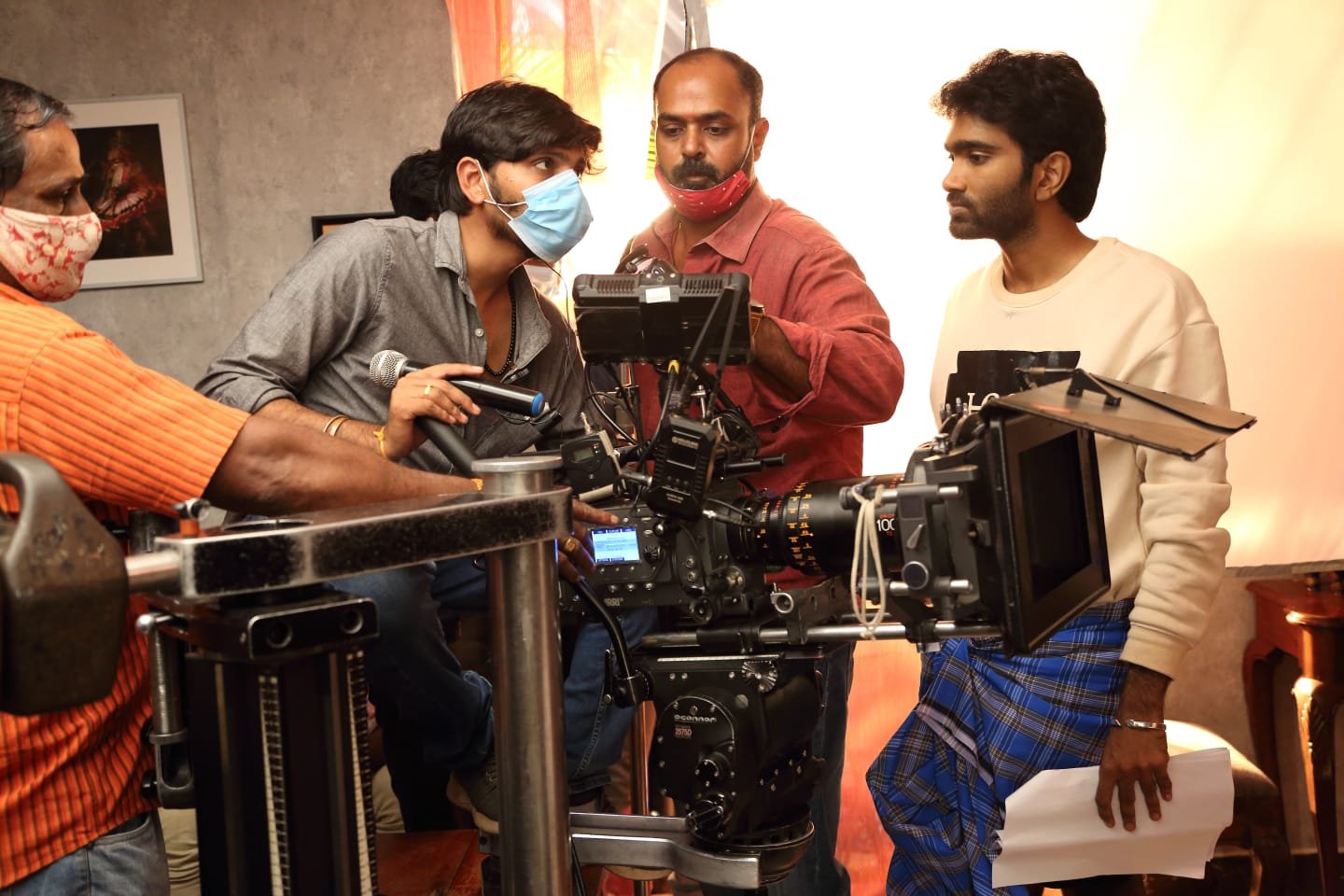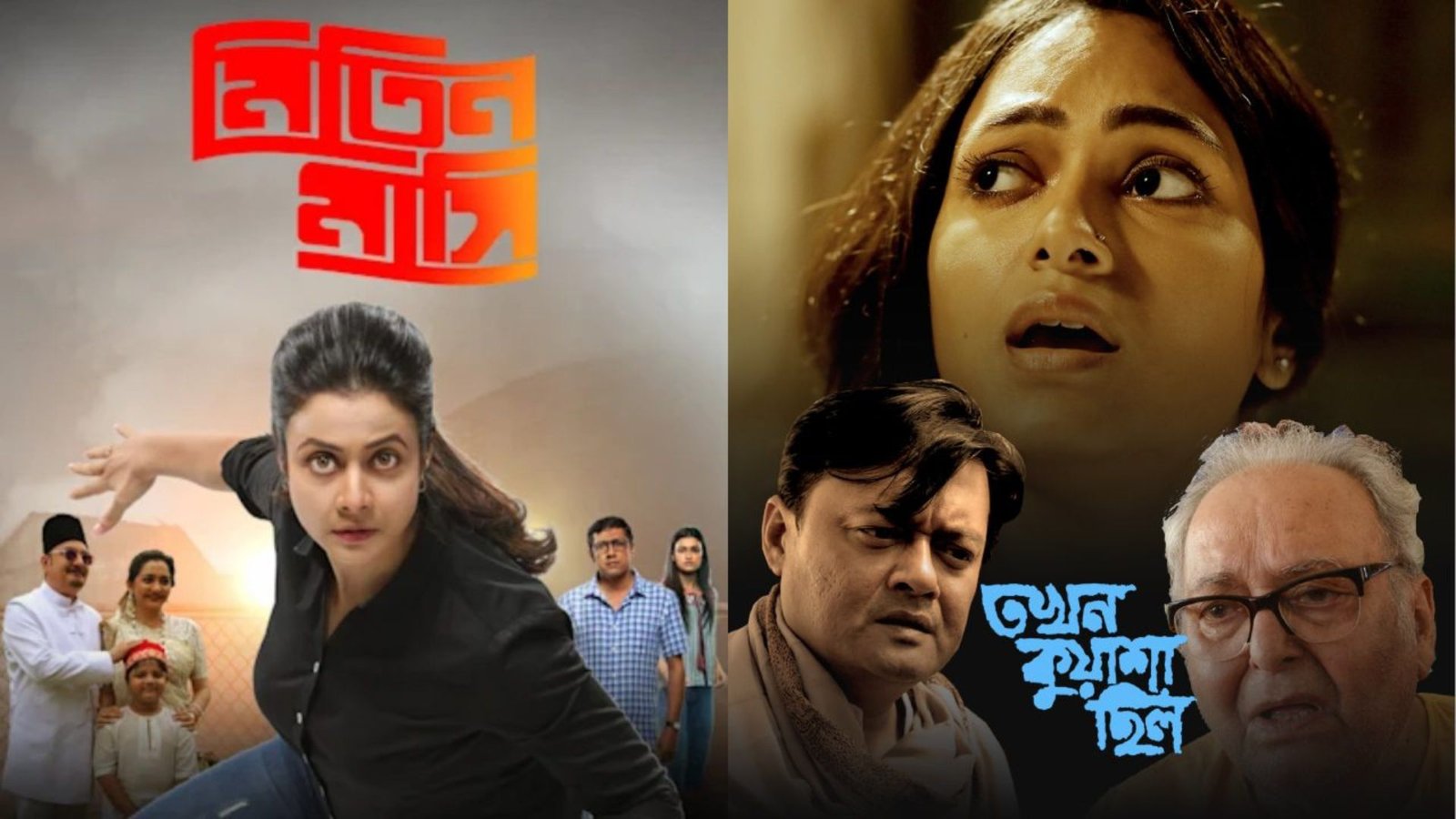How to Evaluate the Cinematography in Bollywood Films
Bollywood films are known for their vibrant visuals and stunning cinematography. Evaluating the cinematography in Bollywood films involves looking at various aspects like camera work, lighting, colour palette, and overall visual storytelling. Understanding these elements can deepen your appreciation of the artistry behind the scenes. In this article, we’ll guide you through the key aspects … Read more

